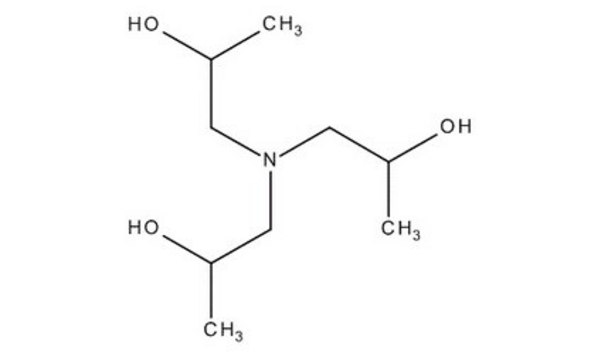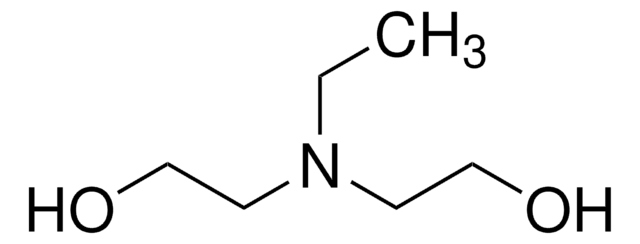14960
Bis(2-hydroxypropyl)amine
≥98.0% (T)
Synonym(s):
1,1′-Iminodi-2-propanol, Diisopropanolamine
Sign Into View Organizational & Contract Pricing
All Photos(1)
About This Item
Linear Formula:
NH[CH2CH(OH)CH3]2
CAS Number:
Molecular Weight:
133.19
Beilstein:
605363
EC Number:
MDL number:
UNSPSC Code:
12352100
PubChem Substance ID:
NACRES:
NA.22
Recommended Products
Quality Level
Assay
≥98.0% (T)
form
solid
impurities
≤1% water
bp
249-250 °C/745 mmHg (lit.)
mp
42-45 °C (lit.)
solubility
H2O: miscible
alcohol: miscible
density
1.004 g/mL at 25 °C (lit.)
functional group
amine
hydroxyl
SMILES string
CC(O)CNCC(C)O
InChI
1S/C6H15NO2/c1-5(8)3-7-4-6(2)9/h5-9H,3-4H2,1-2H3
InChI key
LVTYICIALWPMFW-UHFFFAOYSA-N
Looking for similar products? Visit Product Comparison Guide
Application
Bis(2-hydroxypropyl)amine (Diisopropanolamine) was used to study its effects upon choline uptake and phospholipid synthesis in Chinese hamster ovary (CHO) cells.
Signal Word
Warning
Hazard Statements
Precautionary Statements
Hazard Classifications
Eye Irrit. 2
Storage Class Code
11 - Combustible Solids
WGK
WGK 1
Flash Point(F)
275.0 °F - closed cup
Flash Point(C)
135 °C - closed cup
Personal Protective Equipment
dust mask type N95 (US), Eyeshields, Gloves
Regulatory Information
危险化学品
Choose from one of the most recent versions:
Already Own This Product?
Find documentation for the products that you have recently purchased in the Document Library.
Two cases of contact dermatitis due to diisopropanolamine.
Yoshihiro Umebayashi
The Journal of dermatology, 32(2), 145-146 (2005-05-24)
W T Stott et al.
Food and chemical toxicology : an international journal published for the British Industrial Biological Research Association, 46(2), 761-766 (2007-11-09)
Aminoalcohols differ in mammalian toxicity at least in part based upon their ability to alter the metabolism of phospholipids and to cause depletion of the essential nutrient choline in animals. This study examined the incorporation of diisopropanolamine (DIPA) into phospholipids
S A Saghir et al.
Food and chemical toxicology : an international journal published for the British Industrial Biological Research Association, 45(10), 2047-2056 (2007-06-23)
This study was conducted to determine the relative dermal bioavailability (absorption), distribution, metabolism, and excretion (ADME) of diisopropanolamine (DIPA), an alcohol amine used in a number of industrial and personal care products. Groups of 4 female Fischer 344 rats received
Y Konishi et al.
IARC scientific publications, (105)(105), 318-321 (1991-01-01)
The carcinogenic activity of endogenously synthesized N-nitroso-bis(2-hydroxy-propyl)amine (NDHPA) was investigated in male Wistar rats administered bis(2-hydroxypropyl)amine (DHPA), mixed into a powdered diet at a concentration of 1%, and NaNO2 dissolved in distilled water at concentrations of 0.15% and 0.3%, for
K Yamamoto et al.
Carcinogenesis, 10(9), 1607-1611 (1989-09-01)
The carcinogenic activity of endogenously synthesized N-nitrosobis(2-hydroxypropyl)amine (BHP) was investigated in male Wistar rats administered bis(2-hydroxypropyl)amine (BHPA) mixed in powder diet at a concentration of 1%, and sodium nitrite (SN) dissolved in distilled water at concentrations of 0.15 and 0.3%
Our team of scientists has experience in all areas of research including Life Science, Material Science, Chemical Synthesis, Chromatography, Analytical and many others.
Contact Technical Service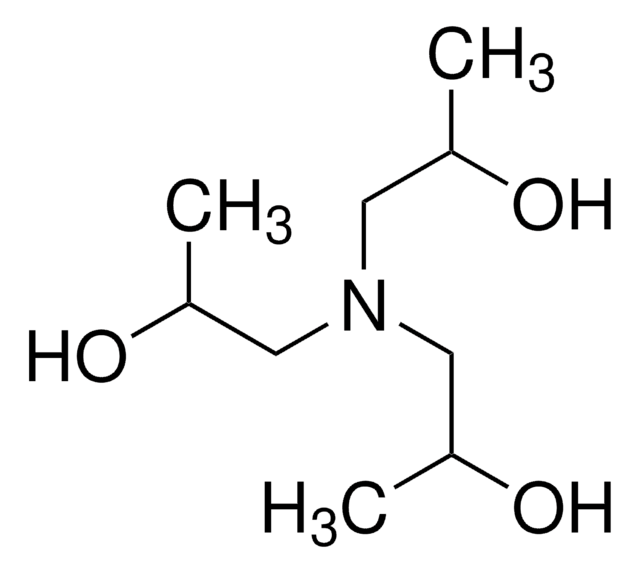
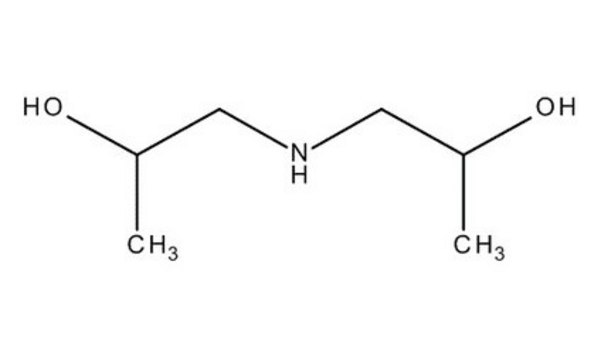
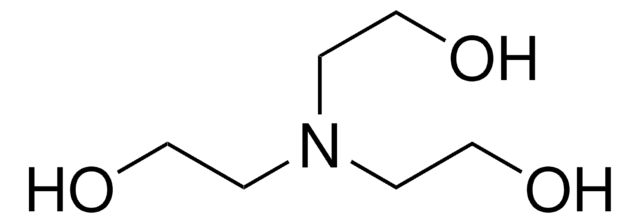
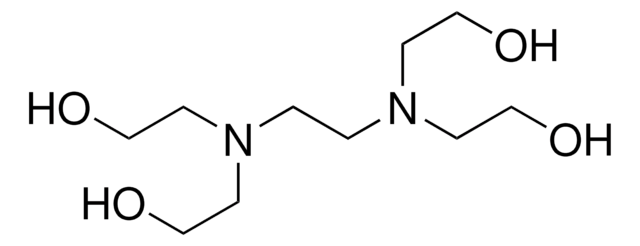

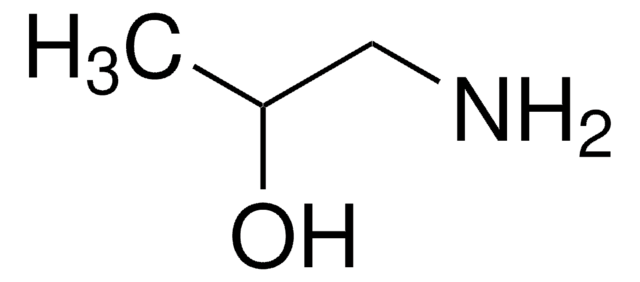
![1-[N,N-Bis(2-hydroxyethyl)amino]-2-propanol 94%](/deepweb/assets/sigmaaldrich/product/structures/219/539/52108f19-e9a0-4987-b605-9969a5cc720d/640/52108f19-e9a0-4987-b605-9969a5cc720d.png)

